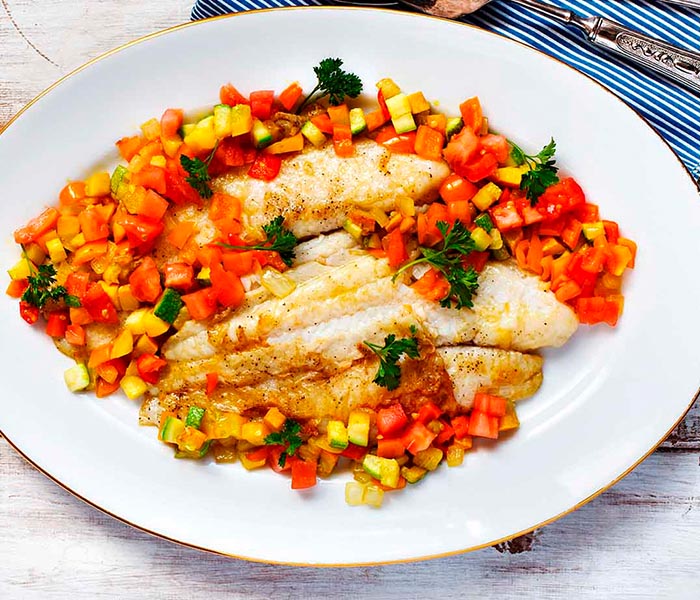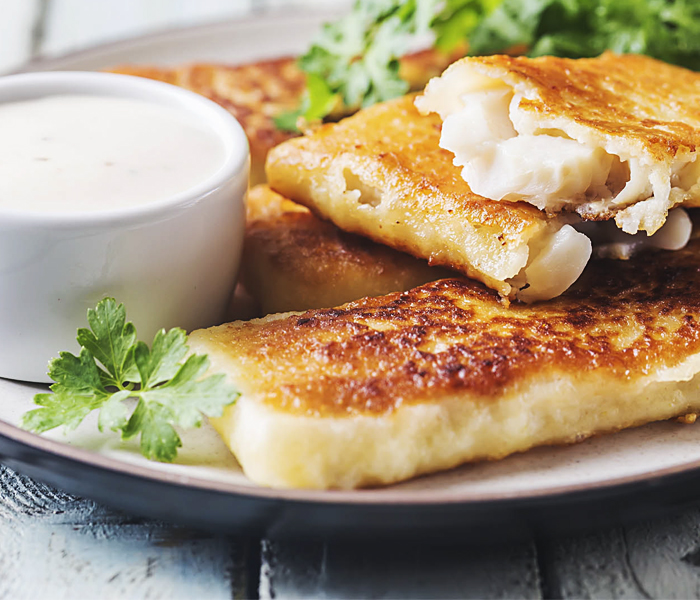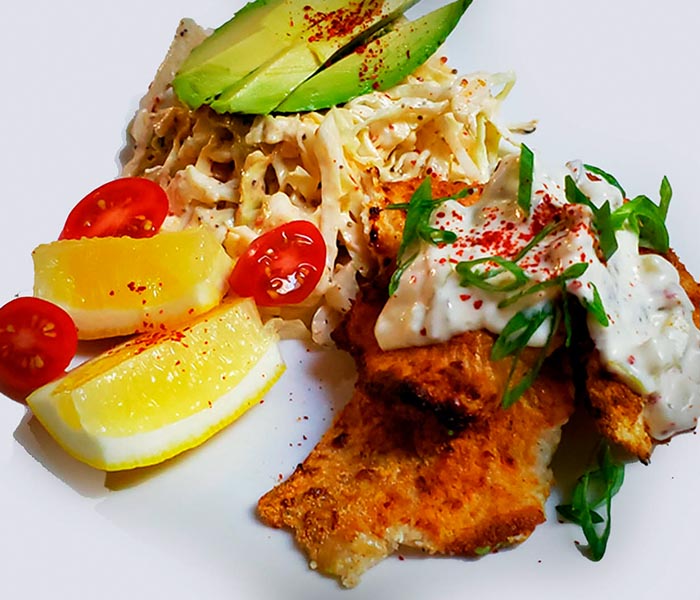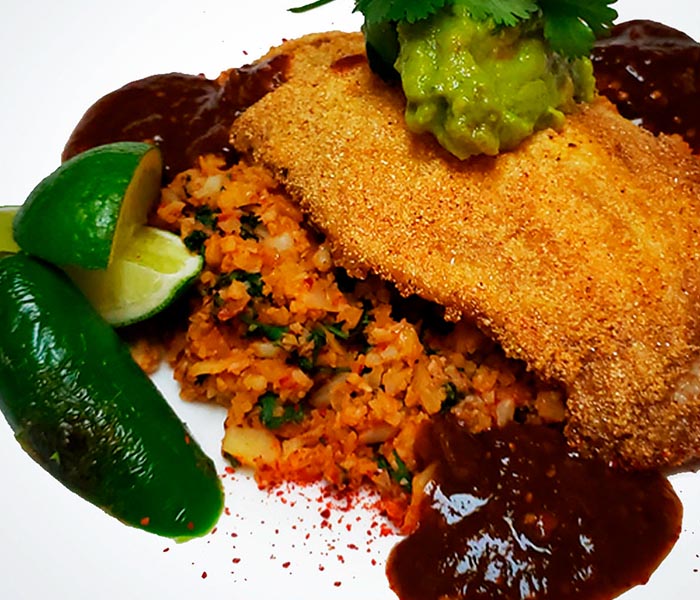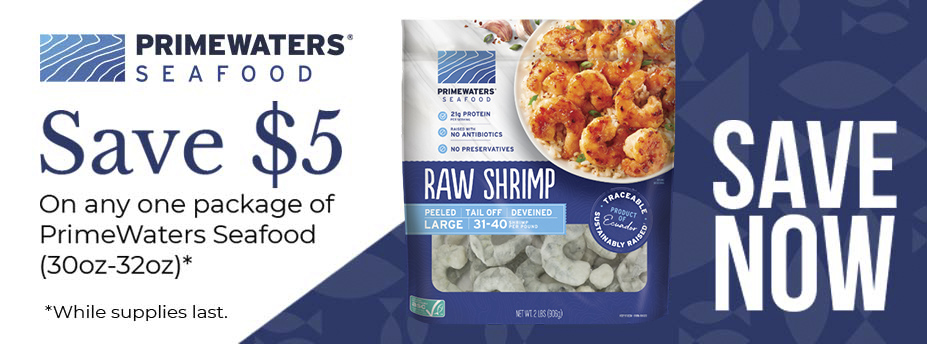
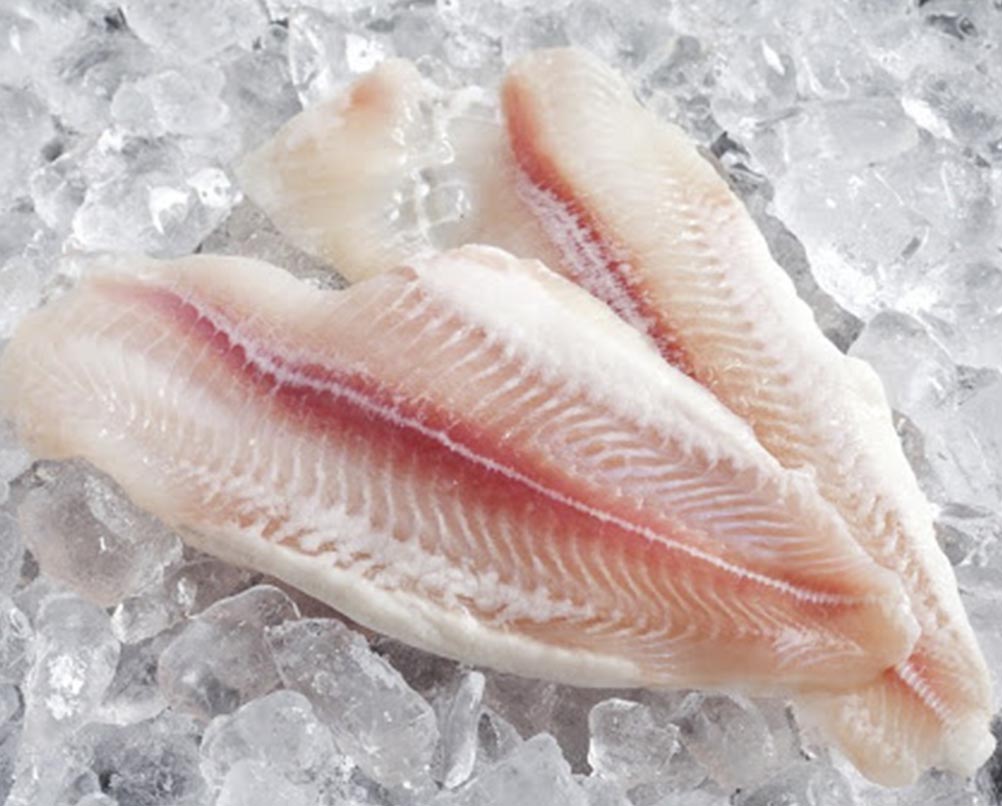
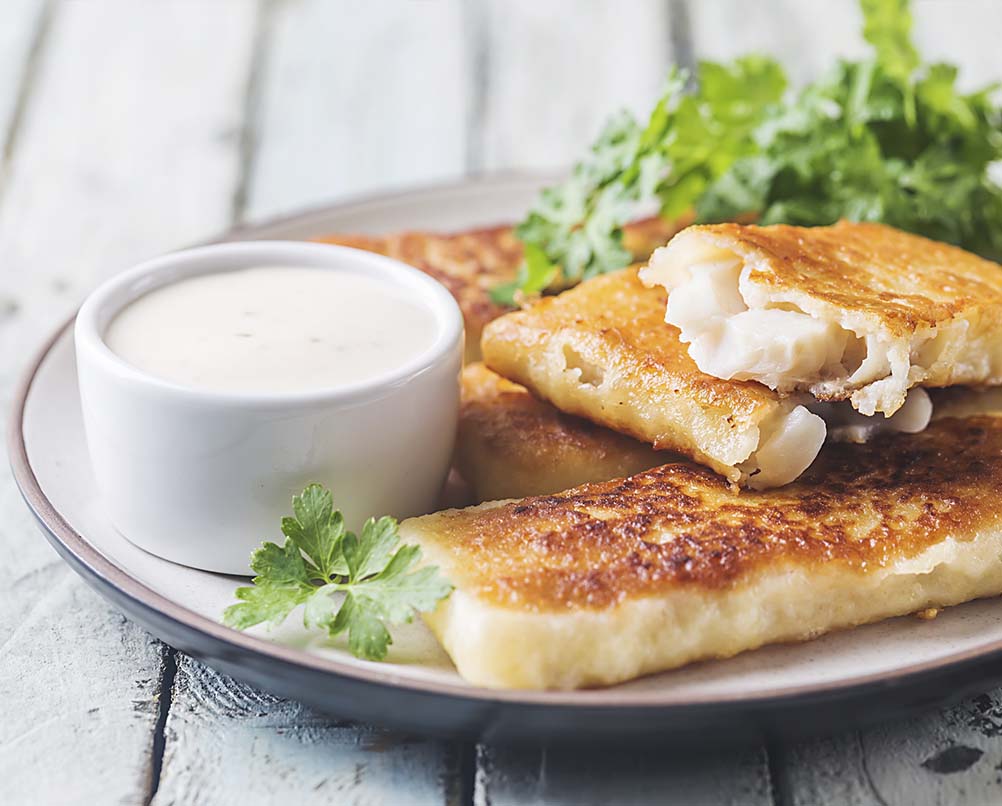
Basa
Basa is a white fish native to Southeast Asia. It is frequently substituted for sole, haddock or cod in Europe, and for catfish in the US.
Raised
Farmed or Wild
Main origins
Vietnam
TASTE
Sweet & Mild
Texture
Medium Firm
RECIPE IDEAS
Flavor Pairings
Basa pairs well with citrus, herbs, garlic and spice. It also tastes great in Indian and Asian dishes.
Wine Pairings
Sauvignon Blanc, Chardonnay, Malbec
COOKING METHODS
For a light and elegant meal, heat the grill and put the basa fillets in foil packets with lemon and fresh herbs. For a dish with some heat, cover the fillets in a spicy sauce and bake them until they are flaky. For a crispy dish, dip the fillets in cornmeal coating and pan-fry on the stove until golden brown. Basa should be cooked to an internal temp of 145ºF.

Bake
at 375 for 6- 8 mins

Stove top
4 -6 min per slide

Grill
4 - 6 mins per side

Broil
On high 5 to 8 mins
Why frozen
Frozen seafood has many benefits you may not be aware of including the locked-in taste and texture of seafood which was frozen at the peak of freshness.
Learn More
Since seafood is frozen at its peak of freshness, flavor, nutrition and texture are locked in.
Frozen seafood has less risk of cold chain management issues, leading to potential food safety concerns.
In many cases, frozen seafood does not require expedited air and ground shipping across the globe, resulting in less energy usage.
Frozen seafood is generally less expensive than fresh given reduced shipping costs.
Frozen seafood is generally more efficient given less waste from spoilage throughout the supply chain.
Why Farmed
As the global population grows resulting in increased demand for seafood, there is mounting pressure on the world’s wild fish stocks. Responsibly-farmed seafood can help alleviate this pressure on wild fish stocks as well as the environment.
Supply
The growing global population and increased demand for seafood is putting pressure on wild fish stocks. Longer-term, there may not be enough naturally-occurring seafood in our oceans to continue to catch it wild, without harming these natural populations.
Environment
Responsibly-farmed seafood helps minimize some of the potential negative environmental impacts of commercial fishing, including boat pollution, lost and broken nets and by-catch, thereby better protecting the populations of other species who live in the oceans, like dolphins.
Diet
Farmed seafood is raised in controlled settings with controlled diets. In addition, farmed seafood is usually fed a diet which is generally more nutrient-dense, requiring them to consume less overall than wild caught. By controlling the diet, seafood farmers can control nutrients closely to help keep the fish healthy.
Certifications
Not all farmed seafood is sustainable, however, so look for sustainability certifications, like the Aquaculture Stewardship Council (ASC), so you know your seafood was sourced responsibly.
- Excellent source of protein
- Contains omega-3 fatty acids
- Naturally gluten-free, soy-free and dairy-free
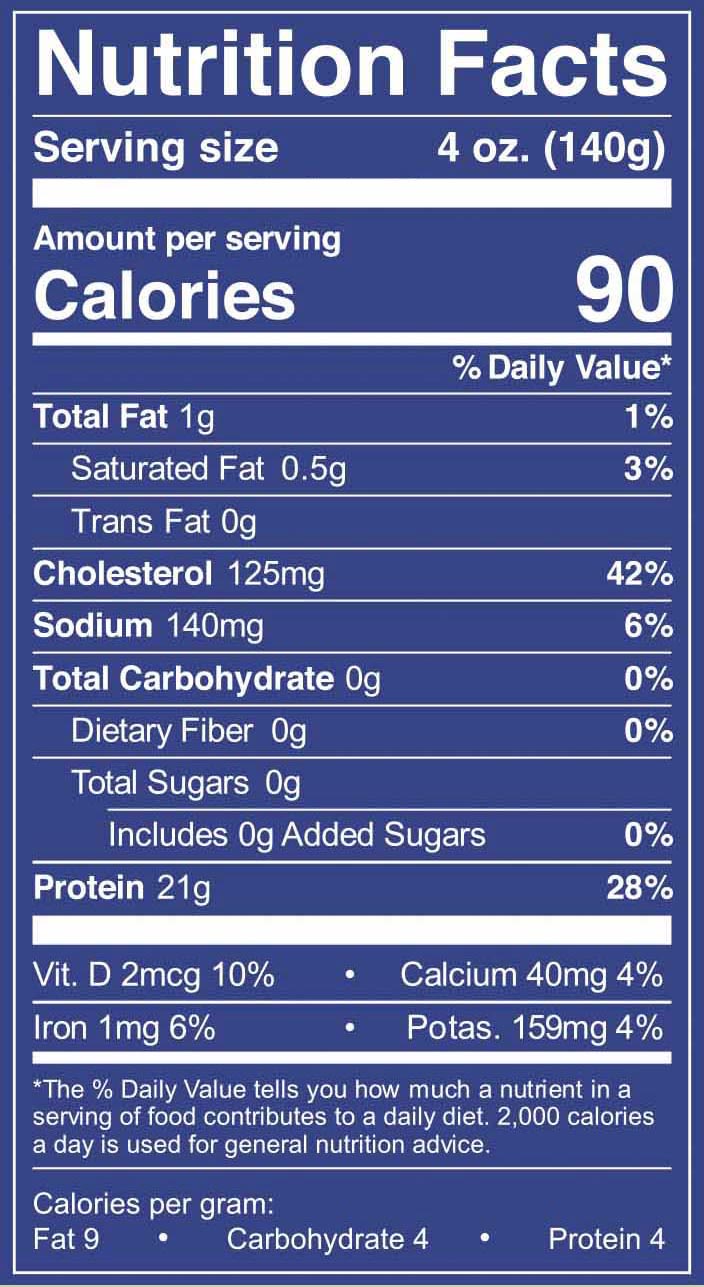
STORAGE
Keep frozen until ready to use.
THAW
Basa should be kept frozen until ready to use. Always remove fish from the package BEFORE being thawed. Simply remove from packaging, place on plate or shallow pan, cover, and thaw in refrigerator for 8-10 hours. To ensure maximum food safety and flavor and to preserve texture, never allow fish to thaw at room temperature place in water thaw.
You might also like

DIGITAL FISHMONGER™
© 2022 Digital Fishmonger ™ , All Rights Reserved.
